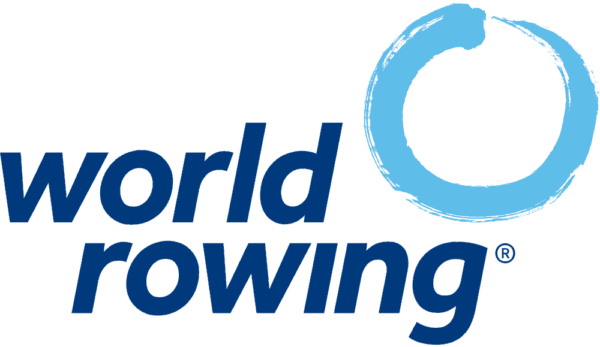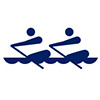 a Summer Games Paralympic Sport
a Summer Games Paralympic SportGoverning Bodies
International Governing Bodies

World Rowing
National Governing Bodies
United States

U.S. Rowing Foundation
Introduction:
Pararowing (or adaptive rowing) is a category of rowing race for those with physical, visual or intellectual disabilities. Rowing, sometimes called crew in the United States, is the sport of racing boats using oars. It differs from paddling sports in that rowing oars are attached to the boat using oarlocks, while paddles are not connected to the boat. Rowing is divided into two disciplines: sculling and sweep rowing. In sculling, each rower holds two oars—one in each hand, while in sweep rowing each rower holds one oar with both hands. There are several boat classes in which athletes may compete, ranging from single sculls, occupied by one person, to shells with eight rowers and a coxswain, called eights. There are a wide variety of course types and formats of racing, but most elite and championship level racing is conducted on calm water courses 2 kilometers (1.2 mi) long with several lanes marked using buoys.
History of the Sport:
In 1913, rowing for individuals with disabilities was initiated by headmaster George Clifford Brown at Worcester College for the Blind in Great Britain. Brown encouraged blind students to participate in particular sports in which they would be able to compete at an equal level to sighted players and do so without modifications. Other organizations dedicated to rehabilitating the blind, such as St. Dunstan’s Hostel, started rowing clubs shortly afterwards in 1915. Competitive rowing with blind rowers first began in 1914 between Worcester College and the Old Boys in one race and Worcester College and Worcester Boy Scouts in another race the same year.
In October 1945, veterans from the United States Army, Navy, and Marines blinded during WWII entered into the Navy Day Regatta on the Schuylkill River in Philadelphia. Some consider this event as the catalyst for international interest of adaptive rowing.
Rules – How to Play the Sport:
CLASSIFICATIONS
Under FISA rules there are three categories for adaptive rowers:
PR3 (previously LTA – Legs, Trunk, Arms)
Use of at least one leg, trunk and arms. Also for those with visual and intellectual impairments. Rowed with standard boats and sliding seats.
PR2 (previously TA – Trunk and Arms)
Only use of trunk muscles. Boat has fixed seat.
PR1 (previously AS – Arms and Shoulders)
Limited trunk control. Boat has fixed seat and rower is strapped at upper chest level to only allow shoulder and arm movements.
ELIGIBLE IMPAIRMENT TYPES:
Impaired muscle power, Athetosis, Impaired passive range of movement, Hypertonia, Limb deficiency, Ataxia, Vision Impairment


